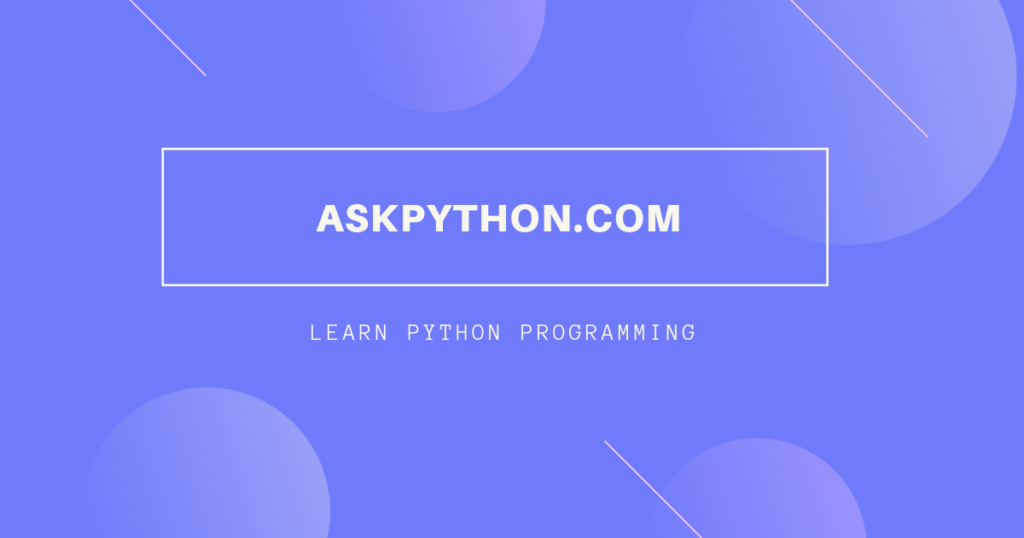XML to JSON Converter
Convert structured XML into clean, readable JSON instantly
What is an XML to JSON Converter?
I have wrestled with XML more times than I care to count. It is powerful, sure, but not exactly friendly when you are writing JavaScript or building APIs. That is where JSON shines—simple, lightweight, and made for modern developers. But what do you do when you are handed a legacy XML file and need to get it working in your app right now?
That is where this tool comes in. An XML to JSON converter lets you paste structured XML and instantly transform it into JSON format. No need to install any software or write a parser yourself. It is fast, accurate, and runs entirely in your browser.
What Does Our XML to JSON Converter Do?
This tool takes XML input and converts it into JSON using the x2js JavaScript library. It understands attributes, nested tags, arrays, and even edge cases like self-closing elements. The output is neatly indented and readable.
There is no login, no backend processing, and no ads. You just paste your XML into the first box, click a button, and get clean JSON in the second box. You can then copy that output into your codebase, API payload, or wherever you need it.
What to Expect When Using This Tool
You will see two large boxes, one on top of the other. The top one is where you paste your XML. Below that, the formatted JSON result appears after you click Convert. If something goes wrong (say you pasted malformed XML), it tells you what happened. You can clear both boxes anytime.
The layout is mobile-friendly. The interface is grayscale, calm, and modern—nothing flashy or annoying. It fits neatly into any WordPress blog layout.
Common Use Cases
Let us say you are working with a government data feed, and the format is XML from the Stone Age. You want to plug that into your React or Node.js app. You could build a whole parser or… you just paste it here and get your JSON.
Other situations:
- Reading data from a SOAP API and transforming it for a RESTful app
- Integrating XML-based config files into JavaScript workflows
- Quickly testing or debugging XML feeds by viewing them as JSON
- Teaching students how data structures translate across formats
- Building JSON-based microservices from legacy systems
Input and Output Examples
Example 1:
Input (XML):
Jane Doe
[email protected]
Output (JSON):
Example 2:
Input (XML):
1984
Brave New World
Output (JSON):
{
"library": {
"book": [
{
"_id": "1",
"title": "1984"
},
{
"_id": "2",
"title": "Brave New World"
}
]
}
}
Notice how attributes become keys with an underscore (_id) and repeated elements are turned into arrays.
FAQs
What if my XML is invalid?
The tool will show a helpful error message. Fix the XML and try again
Can I convert large files?
It depends on your browser memory. For huge files, use a local tool or script.
Does it preserve attributes?
Yes, attributes are converted to keys prefixed with an underscore.
Can I use this offline?
Yes, after the first load the tool works offline if your browser caches it.
Why do arrays show up in the JSON?
If an XML element repeats (like multiple tags), it becomes an array.
Is this secure?
Yes, the entire conversion happens in your browser. No data is sent anywhere.
Is this library open source?
Yes, x2js is open source and widely used in XML-to-JSON conversion tasks.
Can I prettify or minify the output?
The tool outputs prettified JSON. You can minify using a JSON formatter tool.
Why not just use a browser extension?
This is simpler, faster, and works on any device without setup.
Is there a reverse tool for JSON to XML?
Yes! We have that too—check out our JSON to XML Converter.
Benefits of Using Formatted JSON
JSON is easier to read, lighter to transmit, and works natively in most programming languages. Once your XML is converted, you can loop through it in JavaScript, validate it against schemas, or send it to APIs. It is compact and human-readable. Unlike XML, it does not rely on attributes or verbose closing tags.
Best Practices
- Always paste well-formed XML with a single root node.
- Review attributes carefully—they show up with underscores.
- Keep backups of both formats if you are working on critical files.
- Test the JSON output with
JSON.parse()before using in your code. - Use the Clear button often if you are testing multiple files.
Getting Started
- Paste your XML into the top text box.
- Click Convert XML.
- Copy the JSON result from the second box.
- Paste it wherever you need it—your app, database, or log file.
- Click Clear All to start again.
Whether you are modernizing a project or just need a quick transformation, this tool makes XML-to-JSON painless and fast. Try it now and keep building without the friction.

